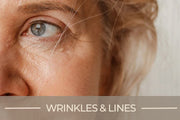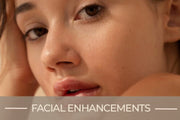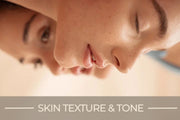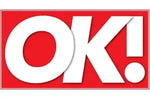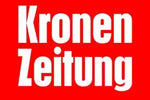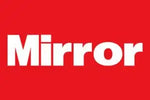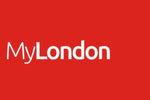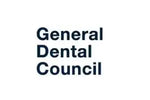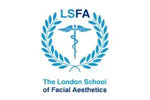Botox for Men – How It Differs From Women’s Treatments
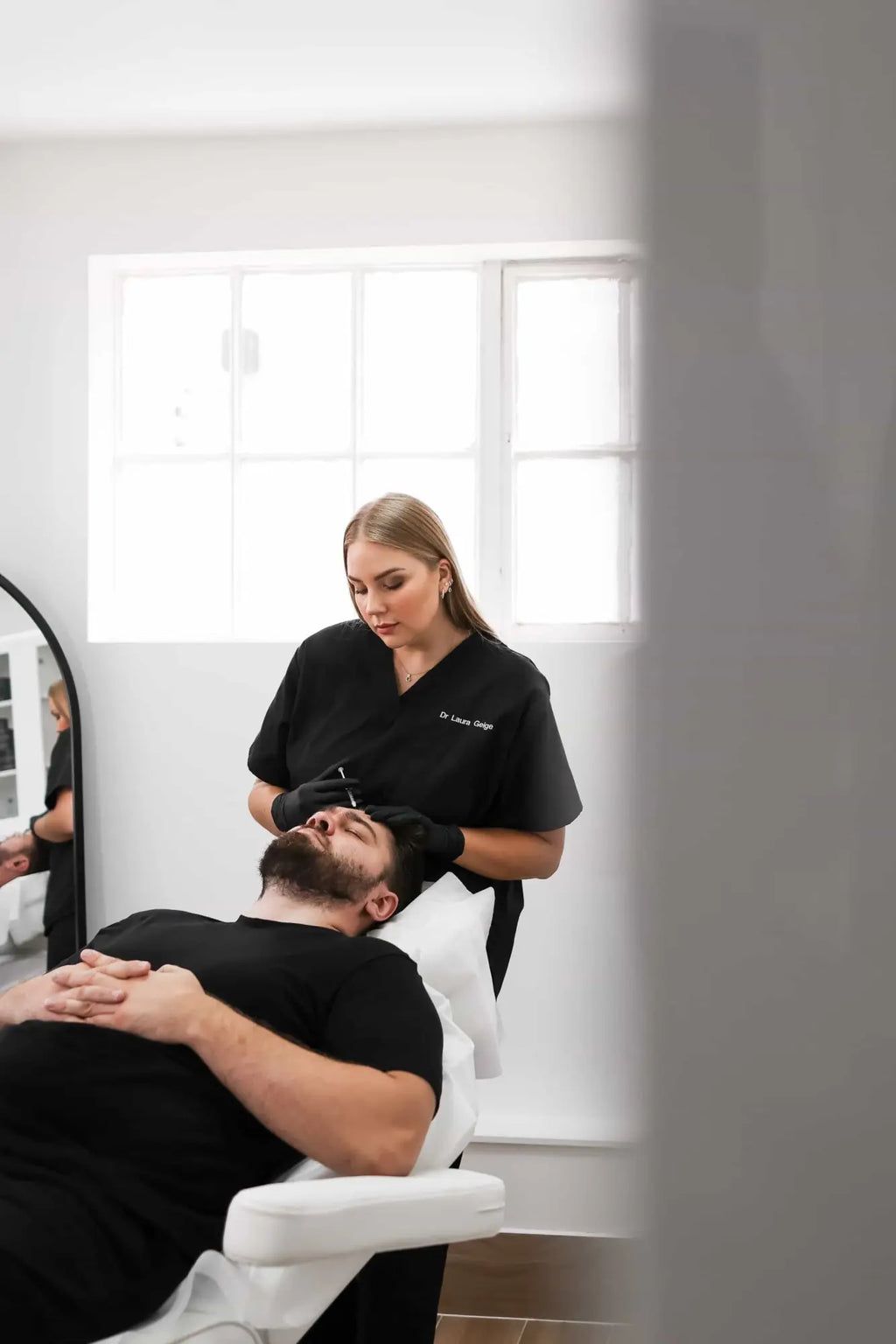
Botox for Men – How It Differs From Women’s Treatments
By Dr Laura Geige, Medical Aesthetics Practitioner at It’s Me & You Clinic, Kingston upon Thames, Surrey, London
Anti wrinkle injections such as Botox® are prescription only medicines in the UK and can only be prescribed after a face to face consultation with a qualified prescriber. This article is provided for educational purposes only and should not be taken as an advertisement or recommendation for treatment.
Why Compare Male and Female Botox Treatments?
Botox is one of the most frequently performed aesthetic procedures worldwide. For years it was mostly associated with women, but an increasing number of men are now seeking it to reduce lines, soften signs of ageing and maintain a refreshed look. However, Botox is not applied in the same way for both sexes. Male and female faces differ significantly in anatomy, musculature and aesthetic goals, which means that treatment planning must also differ. At It’s Me & You Clinic we regularly see male patients and adapt our approach accordingly.
Facial Anatomy – The Key Differences
Men and women’s faces are not just socially perceived differently, they are anatomically distinct. Dr Laura Geige explains, “men have thicker skin, denser collagen and stronger muscles, especially in the forehead and jawline. Women generally have more delicate features and often seek a slight lift, whereas men usually want to avoid feminisation.”
- Skin thickness: Men’s skin is up to 25% thicker than women’s due to higher testosterone levels.
- Muscle mass: Facial muscles, especially in the glabella (frown area), forehead and jaw, are bulkier in men.
- Brow shape: Male brows sit lower and flatter, while female brows are naturally more arched.
- Jawline: Men often seek definition, whereas women may prefer softening for a slimmer look.
How Treatment Goals Differ
Women often request a lifted brow, softened lip lines and a smoother overall appearance. Men usually want to reduce specific signs of ageing without altering their natural ruggedness. Common male goals include:
- Softening forehead lines while keeping a flat masculine brow.
- Reducing crow’s feet without creating a “frozen” smile.
- Maintaining a strong jawline and chin without feminisation.
Dr Giedre Narkiene observes that “men typically say they want to look less tired or less angry, not necessarily younger. The language of goals is often different compared to women.”
Dosage – Why Men Usually Need More
Because of greater muscle mass, men usually require more units than women. This is especially true for the glabellar (frown lines) and forehead regions. Dr Snieguole Geige explains, “if the same dose used for a woman is applied to a man, the result may be underwhelming. Men often need 1.5 to 2 times the units for the same area, but doses must be personalised.” For a detailed breakdown, see our article How Many Units of Botox Do Men Usually Need?.
Brow Shape and Aesthetic Risks
One of the main risks in treating men is accidentally feminising their features. A common aesthetic mistake is creating an arched brow that suits women but looks unnatural on men. Treatments such as brow lift Botox are therefore approached differently for men. Dr Laura Geige stresses, “male brows should stay flatter and lower. We aim to reduce lines without creating lift that looks incongruent with male anatomy.”
Jawline and Chin Considerations
Jawline contouring is highly popular among women, but men generally seek to reinforce their jawline rather than slim it. Treatments such as jawline slimming Botox may be appropriate in some men with enlarged masseter muscles, but the goal is definition rather than narrowing. For men with chin dimpling, chin Botox can smooth the area while preserving masculine projection.
Longevity of Results in Men vs Women
On average, Botox lasts around three to four months in both sexes, but men may find results fade sooner due to higher muscle activity and metabolism. This is why male patients sometimes require slightly more frequent appointments. Related factors such as exercise intensity, sun exposure and diet can also influence longevity.
Psychological and Social Factors
While both men and women benefit psychologically from aesthetic treatments, men often report unique motivations. Dr Giedre Narkiene notes, “male patients frequently mention professional competitiveness. In industries where energy and confidence are associated with success, looking less tired or stressed can provide reassurance.”
Complementary Treatments for Men
Men increasingly combine Botox with other non surgical options. Dermal fillers may be used to restore volume, while skin rejuvenation procedures improve texture. Men with strong lower faces may also benefit from Nefertiti neck lift techniques for definition. The choice depends on age, goals and lifestyle.
Legal and Ethical Considerations
Botox® is a prescription only medicine and cannot be directly promoted to the public. Lawyer Tautvydas Sutkus explains, “educational content like this is permitted because it informs the public about safe practices and realistic outcomes, provided it avoids promotional claims.”
Conclusion
Botox for men requires a different strategy compared with women. Stronger muscles, thicker skin and distinct aesthetic goals mean that doses, techniques and outcomes must be tailored. At It’s Me & You Clinic in Kingston upon Thames, our approach is to respect masculine features while reducing unwanted lines. For deeper insights, see our related articles on popular male Botox areas, dosage considerations, what to expect over 40 and jawline definition.




